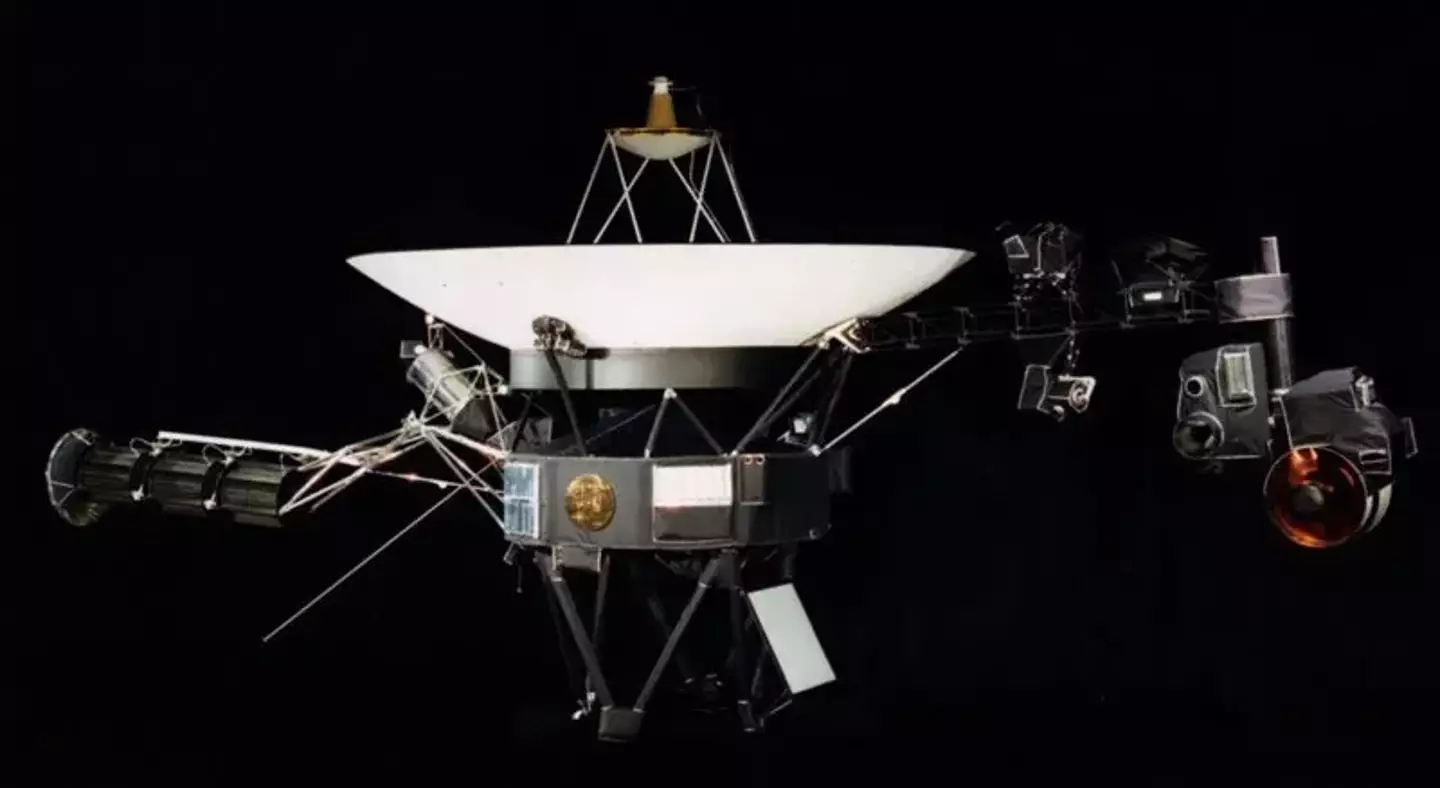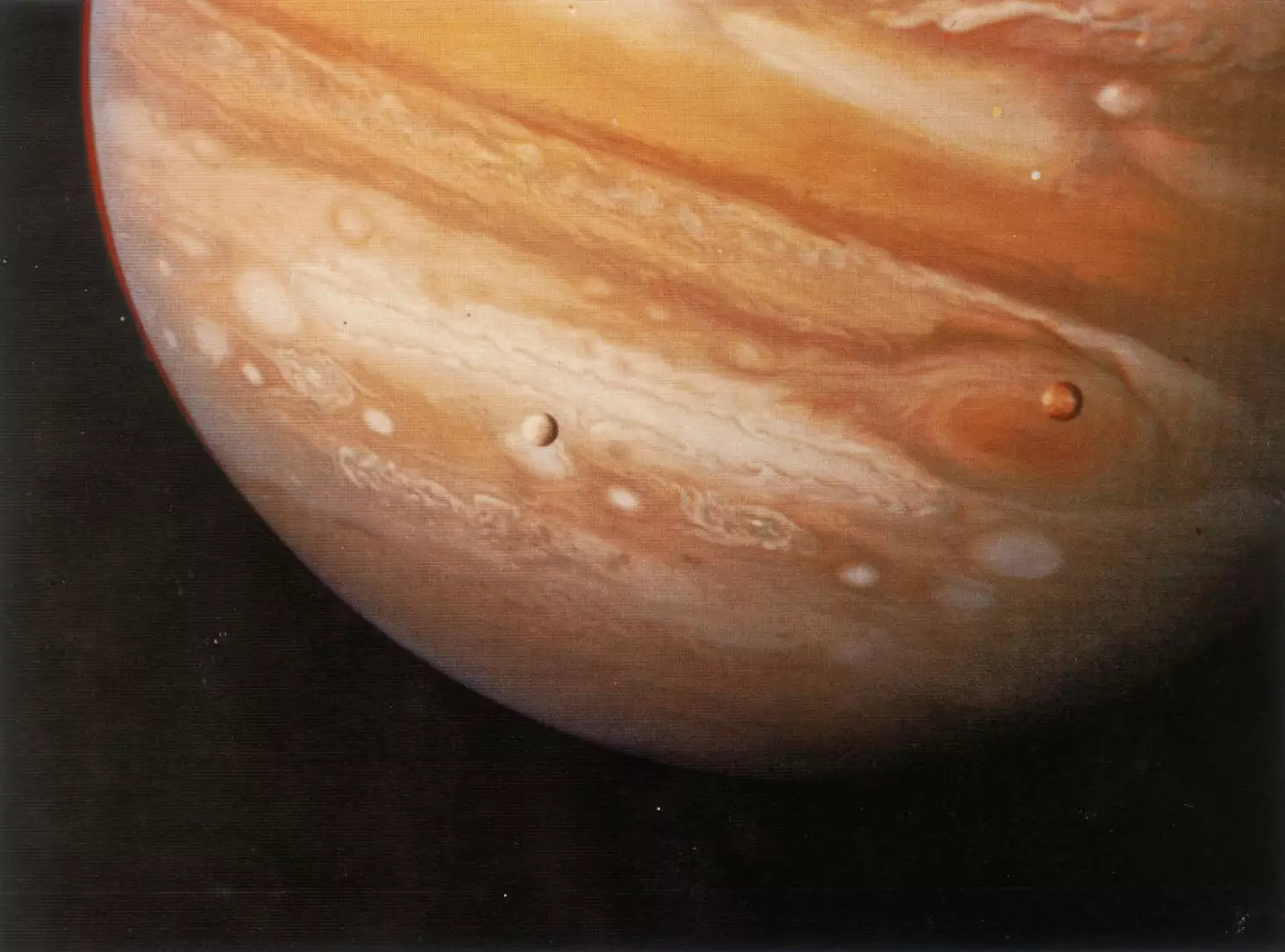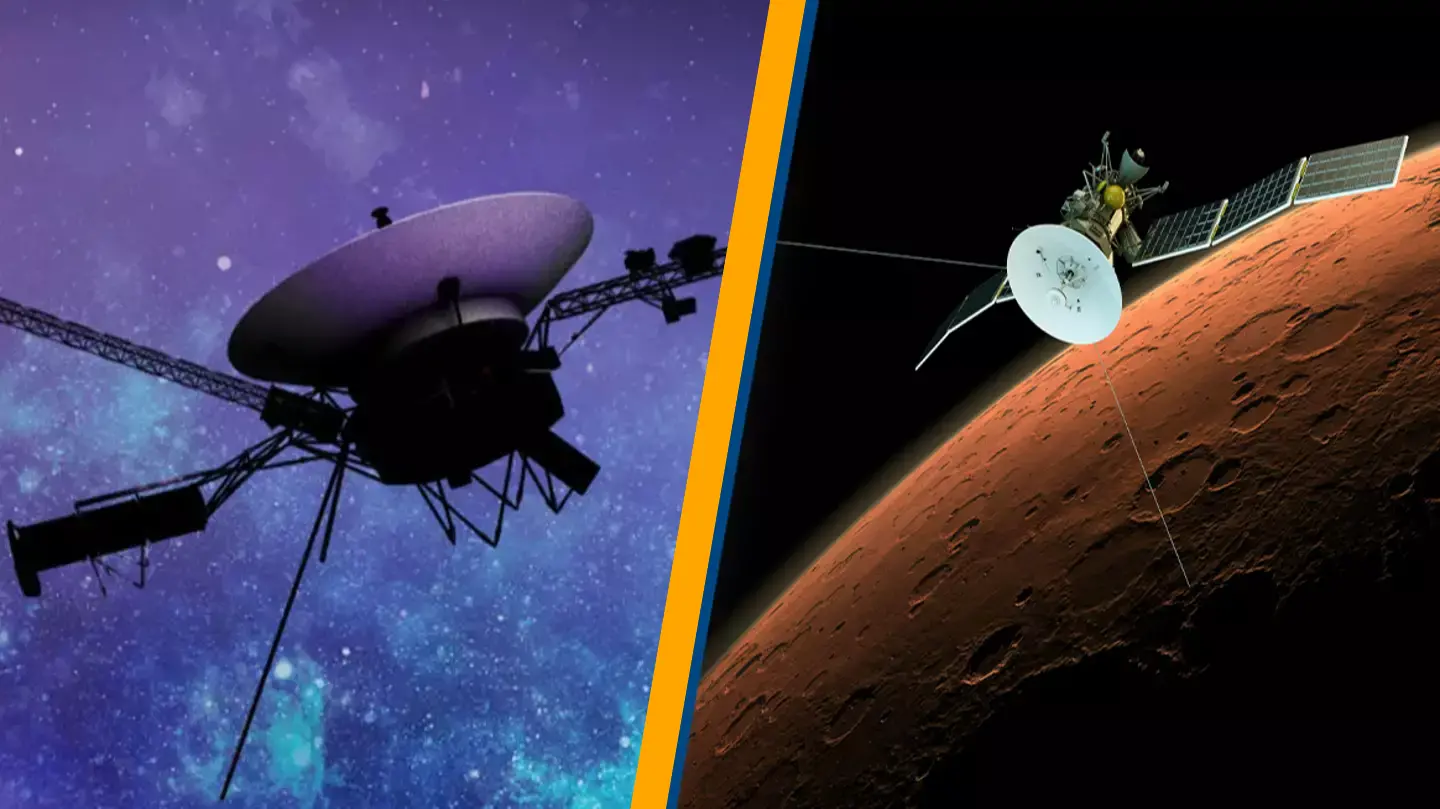NASA has successfully reestablished contact with a spacecraft positioned 24 billion kilometers from Earth by utilizing a radio system that has not been in use since 1981.
If you’re not already aware of the remarkable Voyager 1, get ready to be impressed.
This impressive spacecraft, along with Voyager 2, has been journeying through space for over 47 years and currently stands as one of the only two spacecraft operating in interstellar space.
Recently, Voyager 1 went silent, creating a sense of urgency at NASA.
Fortunately, they managed to regain contact with the radio transmitter on the craft, which is situated more than 24 billion kilometers (15 billion miles) from Earth.
Curiously, the spacecraft inexplicably deactivated one of its two transmitters, prompting experts to investigate the cause.
Given Voyager 1’s age, technical challenges may arise, requiring additional efforts from the mission engineering team to restore it to optimal condition.
Scientists suggest the transmitter was shut down by its fault protection system, designed to automatically address issues onboard.

NASA explains that if the spacecraft experiences excessive power consumption, this fault protection response will conserve energy by disabling non-essential systems.
Determining why the fault protection system activated may take weeks for the team.
Typically, when NASA’s Jet Propulsion Laboratory in Southern California communicates with the spacecraft through the Deep Space Network, Voyager 1 sends back engineering data to verify how it processed the instructions.
This process can take a few days.

When they issued a command to the silent Voyager 1, it took 23 hours for the command to traverse the vast 24 billion kilometers to the spacecraft, and another 23 hours for the response to return.
That’s an impressive distance for it to have traveled.
On October 16, NASA sent a command to activate a heater, inadvertently triggering the fault protection system despite having sufficient power.
Two days later, on October 18, they realized there was an issue as the spacecraft was not communicating with Earth via its X-band radio transmitter, making signal detection challenging.

The flight team suspects the fault protection system reduced the data transmission rate, affecting the X-band signal.
Engineers located the signal later that day, and Voyager 1 seemed stable, but communication was lost again the following day.
The team believes the fault protection system activated twice, causing the X-band transmitter to shut off.
NASA eventually discovered that Voyager 1 was utilizing a secondary radio transmitter, the S-band, which hasn’t been used for communication with Earth since 1981.
This transmitter operates on a different frequency, producing a weaker signal.
“It uses a different frequency than the X-band transmitters signal is significantly fainter,” NASA’s Tony Greicius noted in the Voyager Blog.
“The flight team was not certain the S-band could be detected at Earth due to the spacecraft’s distance, but engineers with the Deep Space Network were able to find it.”
Fortunately, after the Deep Space Network identified the S-band signal, they sent a command on October 22 to confirm its functionality.
They have now confirmed the S-band transmitter’s proper operation and are working to restore the spacecraft to normal functioning.

